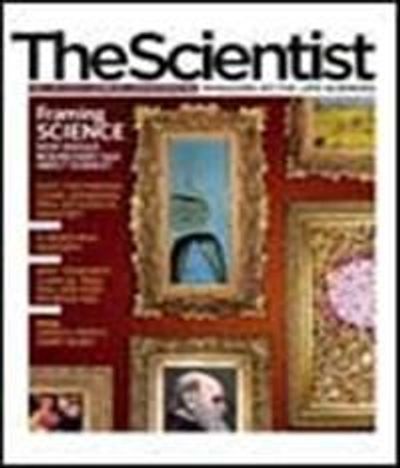Comparative genomic hybridization (CHG) provides the densest coverage of probes for CNV detection, but the traditional technique using bacterial artificial chromosome arrays is time consuming and not always reproducible. Two companies, Agilent and NimbleGen, have released dedicated CGH platforms that instead use oligonucleotide probes; both provide flexibility in the way they design probes. Agilent's platform relies on laser-printing technology, while NimbleGen's system is built around a Digital Micromirror Device (DMD) made by Texas Instruments, similar to the technology in digital projectors. The DMD's micromirrors reflect a specific pattern of light into a synthesis chamber, essentially creating changeable "virtual masks" -- micromirrors set to "off" prevent oligo synthesis at a specific feature, and those flipped "on" allow synthesis to proceed.
The image below of the NimbleChip...

A UV light source (1) is regulated by a software-controlled shutter. Each micromirror of the DMD (2) can pivot to an "off" or "on" position, as the software dictates. The light pattern is reflected to a set of secondary mirrors (3), which align it with one of the three synthesizing arrays (4) on the chip. The chip slides on a rail to position each array in relation to the light beam.
Probes are synthesized on the chip with nucleotides pumped from a synthesizer (not shown). In traditional oligo array synthesis, an acid reaction removes a protecting molecule from the exposed end of the oligo chain, allowing the next nucleotide to be added. Here, UV sensitive molecules (orange balls) are used instead. Each light pattern generated by the DMD corresponds to one of the four nucleotides; thus, all A's (red squares) in a layer are added with a single exposure, with the pattern determining where on the array the additions should occur.
Interested in reading more?




